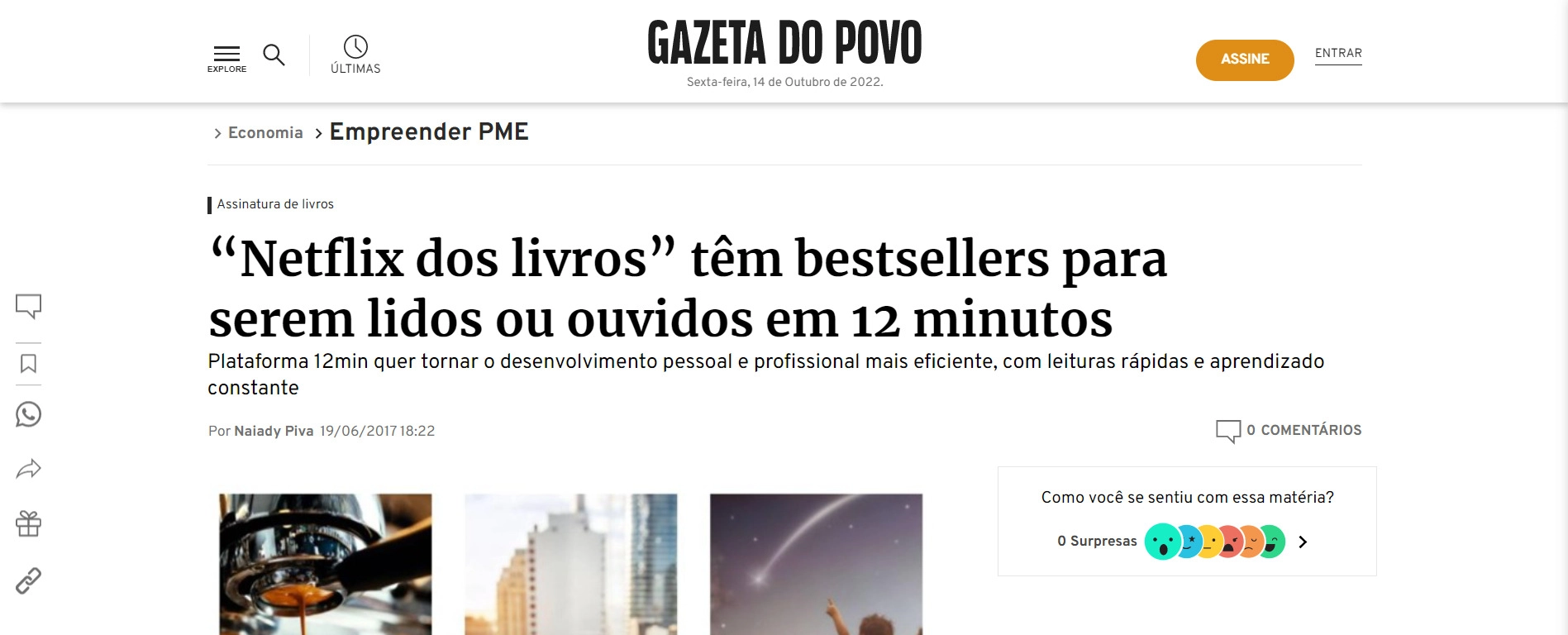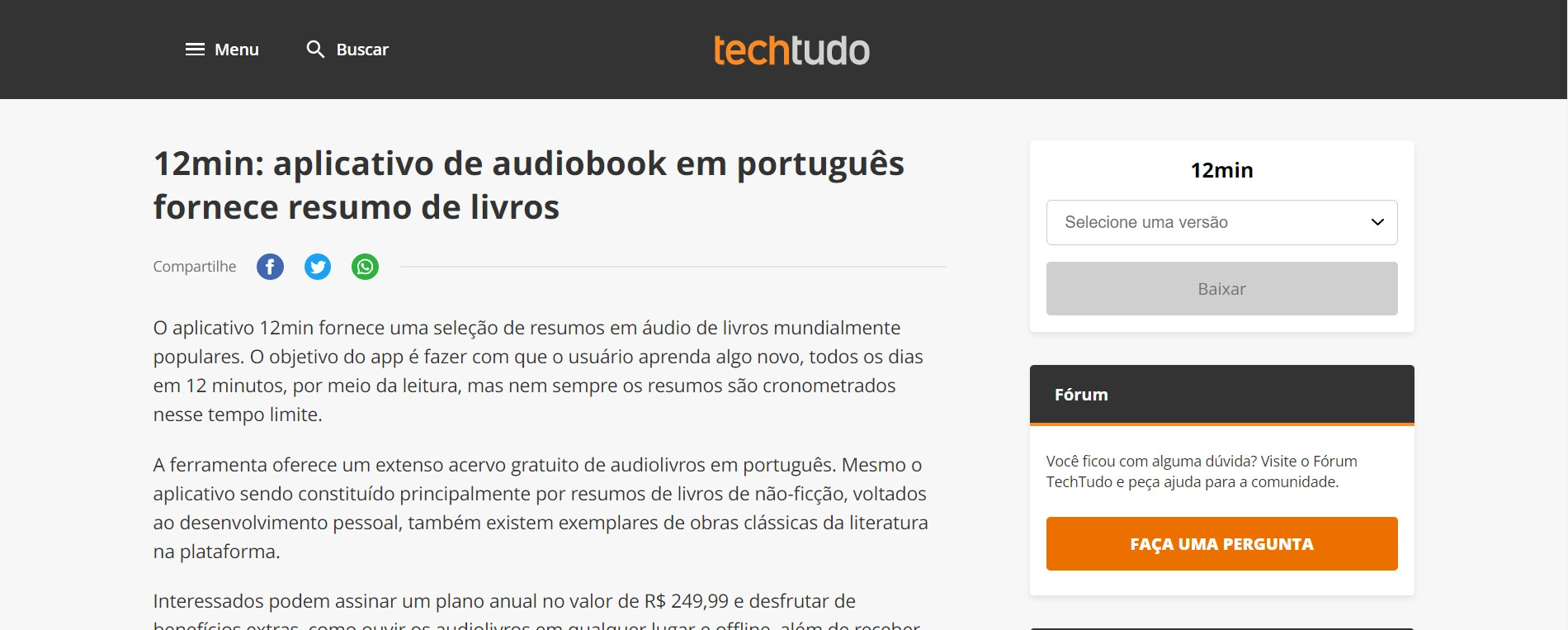The book expands on the Business Model Canvas (BMC) by incorporating concepts like Assumptions Mapping and lean startup-style experiments, enabling entrepreneurs to test and validate their ideas before full-scale development. This approach helps save time, money, and resources. The Testing Business Ideas framework is divided into three categories: Desirability, Feasibility, and Viability, which address critical questions early in product or service development. Each category uncovers potential weaknesses and offers strategies for overcoming them.
Bland and Osterwalder focus on the significance of experimentation, arguing that all businesses are essentially experiments. They caution against rushing products to market based on assumptions or past experiences, which often leads to failure. Instead, the book advocates for a methodical approach to testing assumptions before committing resources.
From idea to reality: testing and refining your business concept
David J. Bland and Alexander Osterwalder explain how to take a business idea from initial thought to a successful, tested, and validated business. They emphasize the importance of testing ideas before execution to minimize risks. Entrepreneurs should run small experiments to gather insights on viability, customer interest, feasibility, and profitability. The process involves key phases: discovery, where basic assumptions are tested; and validation, where strong evidence confirms the idea’s potential. The authors stress the need for an iterative process, continuously refining the idea based on feedback.
A crucial element is team design. The authors recommend assembling a team with diverse skills (e.g., design, engineering, marketing, and finance) and perspectives, which helps solve problems and reduces biases. Teams should be data-driven, customer-centric, and entrepreneurial, with the ability to experiment and adapt quickly. A supportive environment, with adequate resources and autonomy, is essential for team success.
Bland and Osterwalder also highlight the importance of generating and narrowing down ideas using tools like the BMC and Value Proposition Canvas. These help organize and clarify the business concept, making it easier to test and improve. The final phase of validation ensures the idea has real potential by confirming customer demand, the ability to deliver, and profitability. The authors emphasize that business ideas should be continuously tested, adjusted, and refined to maximize the chances of success.
Test, experiment, and learn: a practical approach to business idea validation
The authors focus on how to properly test business ideas by turning assumptions into hypotheses and conducting experiments to either prove or disprove them. The first step is to hypothesize, where you identify the main risks involved in your idea. You turn these risks into clear statements (hypotheses), like "We believe that…," and prioritize the ones that are most important to test first. For example, you may hypothesize that a certain group of people will be interested in your product or that you can deliver it at a specific cost. The key is to be precise, testable, and specific, avoiding any bias to confirm what you already believe.
Once you have these hypotheses, the next step is experimenting. The authors stress running cheap and fast experiments to gather evidence quickly and reduce the risk of spending too much time or money on an idea that may not work. An experiment consists of a hypothesis, a clear test, metrics to measure success, and criteria to know if the experiment was successful. You should run multiple experiments to test your hypotheses, such as customer interviews or search trend analyses, and gather data on customer interest, behavior, and satisfaction.
The authors explain that experiments help you learn more about what works and what doesn’t, allowing you to adjust your business idea accordingly. Finally, after running experiments, the next step is to learn from the evidence you collect. The authors explain that evidence can be weak or strong, and you need to analyze it carefully to draw meaningful insights. For example, customer interviews can provide useful quotes but may not be as reliable as actual customer behavior, such as making a purchase.
To increase confidence in your insights, you should run multiple experiments and gather more data over time. The more experiments you conduct and the stronger the evidence, the more confident you will be about the success of your business idea. In summary, the authors emphasize the importance of testing business ideas by creating hypotheses, running experiments, and learning from the evidence to reduce uncertainty and build a stronger business model.
Deciding the future of your business: persevere, pivot, or kill
The authors guide entrepreneurs through the critical phase of making decisions based on the evidence collected from testing business ideas. They emphasize that after running experiments, it is essential to make informed choices about the next steps for your business. The authors outline three primary paths you can take based on the results of these tests: persevere, pivot, or kill. These decisions are not just about what you believe in, but about responding to evidence and adapting your approach quickly and effectively.
Persevering means continuing with your current idea because the evidence from your experiments supports it. If the experiments show that your business hypothesis is valid, you move forward by testing it with stronger experiments or refining the idea based on the data. The goal is to reduce uncertainty and refine the business model further so that it’s more likely to succeed in the real world. They stress that perseverance is not about blindly moving forward but rather taking evidence from experiments and continuing to test the business idea with more detailed and focused experiments.
When the data shows that some aspects of your idea are not working, but the overall concept still holds potential, the authors suggest pivoting. This means that based on the feedback and evidence you’ve gathered, you might need to change the direction of the business to make it more successful. In some cases, the data might be clear enough to indicate that your idea simply won’t work. In these instances, the authors advise entrepreneurs to kill the idea. While this may seem like a failure, the authors stress that it is part of the entrepreneurial process.
The deciding phase, according to the authors, is crucial, because it turns insights into action. The sooner entrepreneurs can make informed decisions based on evidence, the faster they can adjust their strategies and move closer to finding a viable business model. The authors highlight the importance of acting on insights quickly because, in today’s fast-moving world, business environments, market conditions, and customer preferences change rapidly. They also emphasize that making decisions based on solid data rather than personal beliefs or assumptions leads to more effective business strategies.
Building success through experimentation: principles and processes for entrepreneurs
Bland and Osterwalder discuss the importance of experimentation and systematic processes in determining the success of business ideas. They focus on setting up and managing a series of experiments to test different aspects of a business idea, using a structured approach known as "Experiment Ceremonies." These ceremonies include activities like weekly planning, daily stand-ups, and monthly stakeholder reviews, all designed to keep teams aligned, focused, and on track. The authors suggest that managing experimentation requires collaboration, communication, and clear agendas to ensure that the insights gained are actionable.
They introduce a set of principles for running experiments, such as visualizing your experiments, limiting the number of experiments running at once to avoid overload, and ensuring continuous experimentation to gather more evidence over time. By organizing experiments into a visible flow, teams can avoid confusion and better manage their progress. For example, the authors recommend using a "Backlog, Setup, Run, and Learn" board to track the experiments and make sure they are completed one at a time. This approach helps teams work efficiently by focusing on a limited number of experiments, ensuring that each experiment builds on the learnings from previous ones.
Bland and Osterwalder also emphasize the importance of ethics in experimentation. They caution against misleading customers or using deceptive tactics, encouraging entrepreneurs to maintain transparency and integrity while conducting experiments. They stress that the goal is not to scam customers but to genuinely learn about their needs and validate assumptions about the business idea.
Additionally, the authors introduce various types of experiments that can be used at different stages of the business process, such as customer interviews, surveys, and web traffic analysis. Each experiment is designed to gather specific insights, whether it’s about customer desirability, product feasibility, or business viability. The authors suggest that in the early stages, experiments should be quick and inexpensive to gather initial insights, and as more data is gathered, more robust experiments can be conducted to confirm findings.
By using structured ceremonies and principles of experimentation, businesses can make informed decisions about whether to pivot, persevere, or abandon an idea. The authors provide tools and frameworks that help entrepreneurs move from uncertainty to clarity, increasing their chances of success by grounding decisions in evidence rather than assumptions.
Minimizing risk and increasing the chances of success
In the discovery phase, the primary goal is to test assumptions and gain initial insights through quick, low-cost experiments that require minimal resources. These early experiments are designed to gather feedback, even if the evidence isn’t robust, as the aim is to reduce uncertainty and refine the direction of the idea. Common methods in this phase include customer interviews, surveys, and simple prototypes—tools that provide valuable qualitative feedback that can help businesses better understand their customers’ needs and preferences.
Once a business has gained enough initial insights, it moves into the validation phase, where the focus shifts to stronger, more resource-intensive experiments that provide clearer evidence of the product or service’s viability. At this stage, businesses can afford to invest in more detailed experiments, such as crowdfunding campaigns or more sophisticated prototypes, which are designed to confirm or challenge the assumptions made during the discovery phase. These experiments aim to validate not only whether the product is desirable to customers but also whether it is feasible to develop and viable in the market.
The authors categorize experiments based on the specific type of hypothesis they test: desirability, feasibility, and viability. Each hypothesis requires different types of experiments, which vary in complexity and resource demands. Other experiment types, such as the Concierge Experiment and the Life-Sized Prototype, help businesses test their business model or product design at varying costs and complexities. The Concierge Experiment involves manually delivering a service or product to customers to simulate the full experience, providing valuable insights into customer needs before automating the process. The Life-Sized Prototype is a more physical approach, often used to test the product design on a larger scale or in a more realistic setting.
For market validation, Bland and Osterwalder recommend methods such as Crowdfunding, which tests demand through pre-sales, or Split Testing, which compares different product versions or marketing messages to identify the most effective approach. The Mock Sale is another useful method, enabling businesses to test market interest before a product is even available for purchase, helping to gauge potential demand and customer sentiment.
The authors also emphasize the importance of selecting experiments based on the business’s current phase, available resources, and the level of evidence required to make informed decisions. Experiments should be chosen thoughtfully to match the objectives of each stage of development. They highlight the need to continuously test for desirability, feasibility, and viability, iterating based on both qualitative and quantitative feedback.
Ultimately, Bland and Osterwalder’s message is clear: businesses must embrace experimentation as a crucial tool for validating ideas, gathering insights, and adjusting course before committing substantial resources to product development. Experimentation allows businesses to minimize risk by making data-driven decisions and refining ideas based on real-world customer feedback.
Final notes
The book concludes with the Mindset section, which expands into the psychological and organizational barriers that can prevent businesses from adopting a testing mindset. It highlights the common pitfalls that entrepreneurs face, such as cognitive biases and the fear of failure, and offers strategies for overcoming them.
One of the most practical aspects of Testing Business Ideas is its focus on real-life case studies and examples. These case studies illustrate how businesses of all sizes—from startups to large enterprises—can use the testing framework to validate their ideas and reduce risk. The book is not just a theoretical guide but a hands-on resource that provides actionable advice for entrepreneurs at all stages of their business journey.
Finally, “Testing Business Ideas” is an essential guide for entrepreneurs who want to test their ideas before launching them into the market. It provides a systematic approach to experimentation, offering practical tools and techniques to reduce risk and increase the chances of success. Whether you are a startup founder, a small business owner, or part of a larger enterprise, this book offers valuable insights and guidance that can help you create successful, sustainable businesses.
12min tip
If you’re looking to make lasting changes in your life, “Atomic Habits” is the book you need to read. It’s not just about setting goals, but about creating systems that will make those goals achievable. Whether you’re trying to build better habits or break free from bad ones, James Clear brings a proven, science-backed framework for success.





























